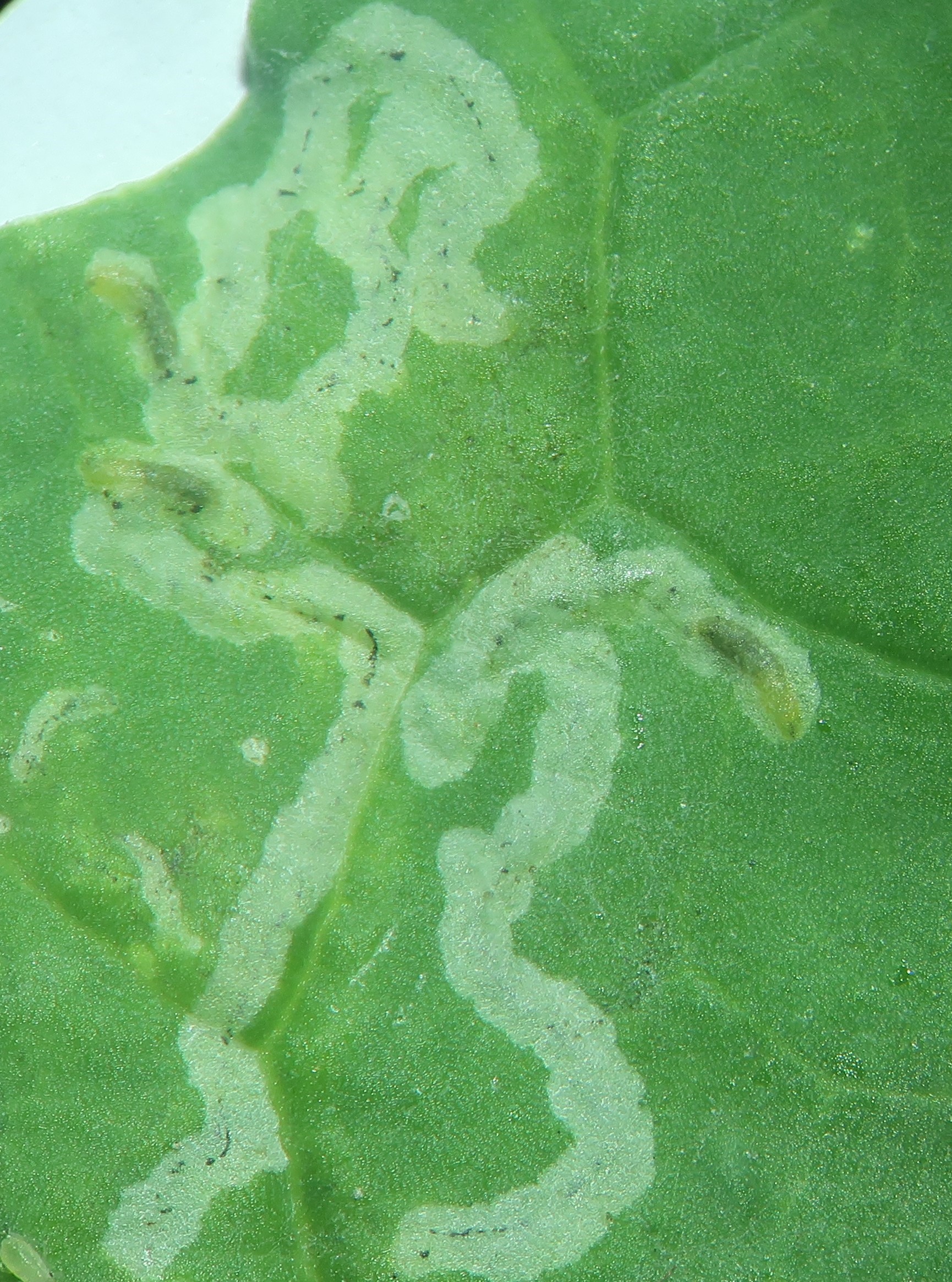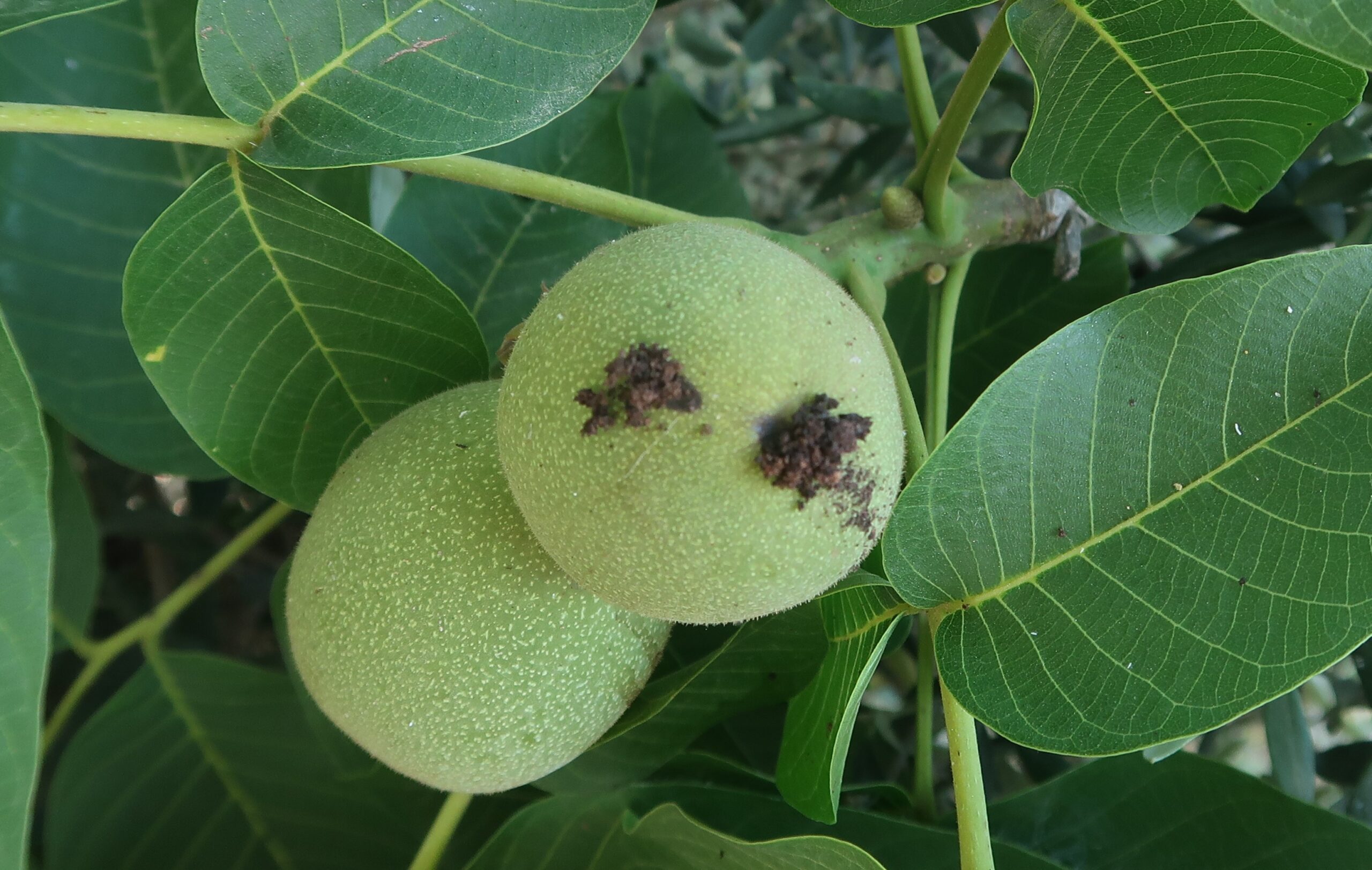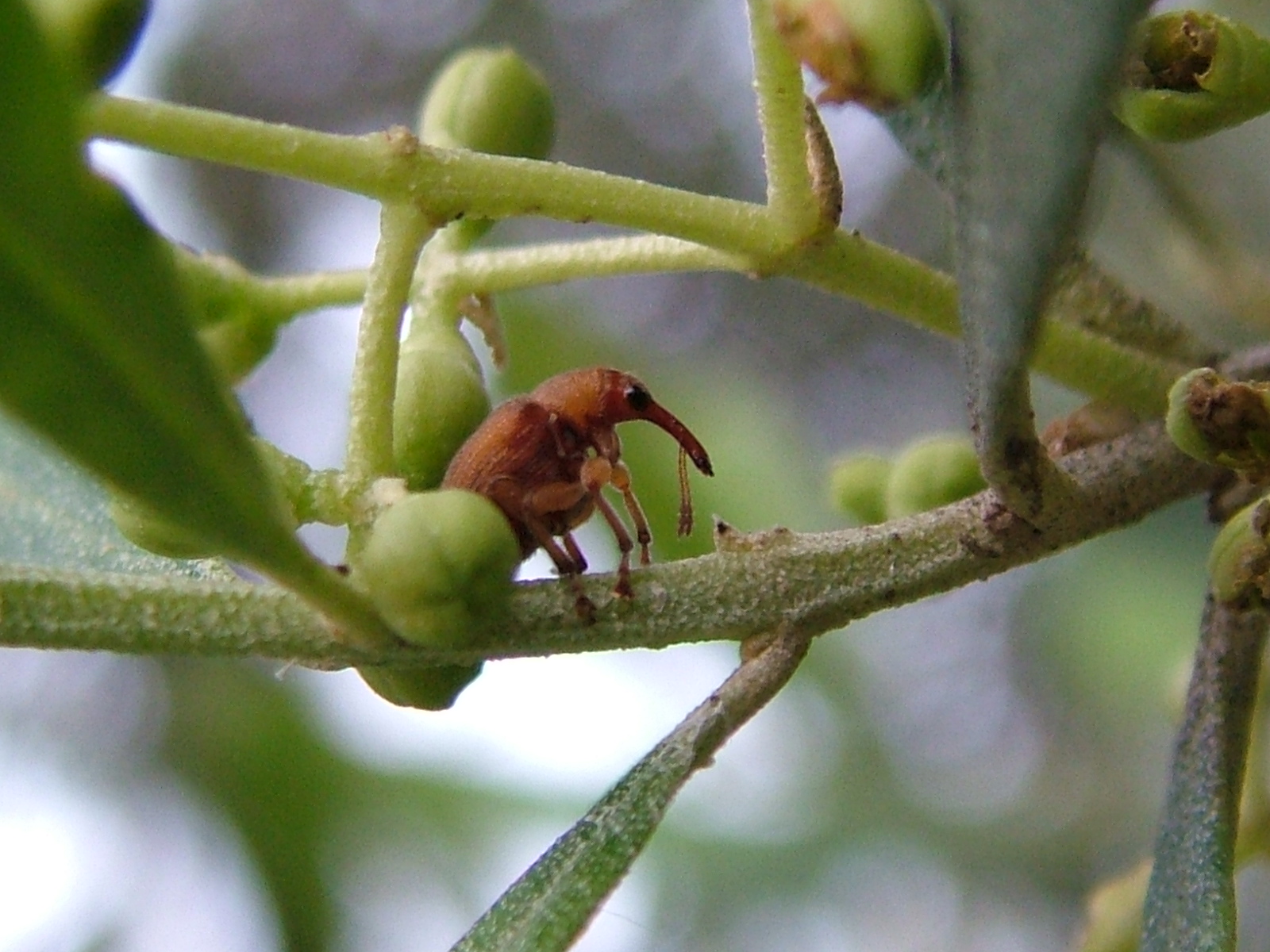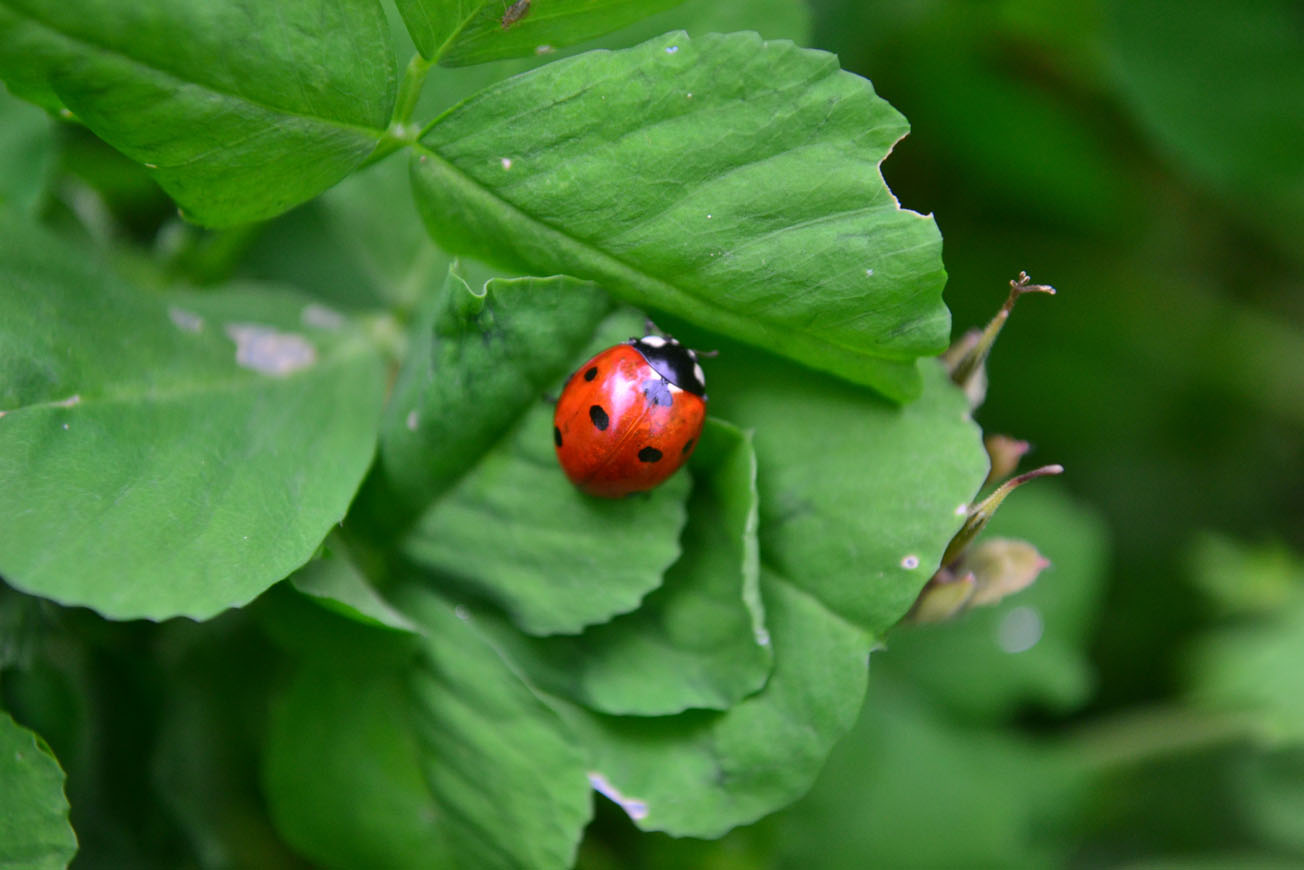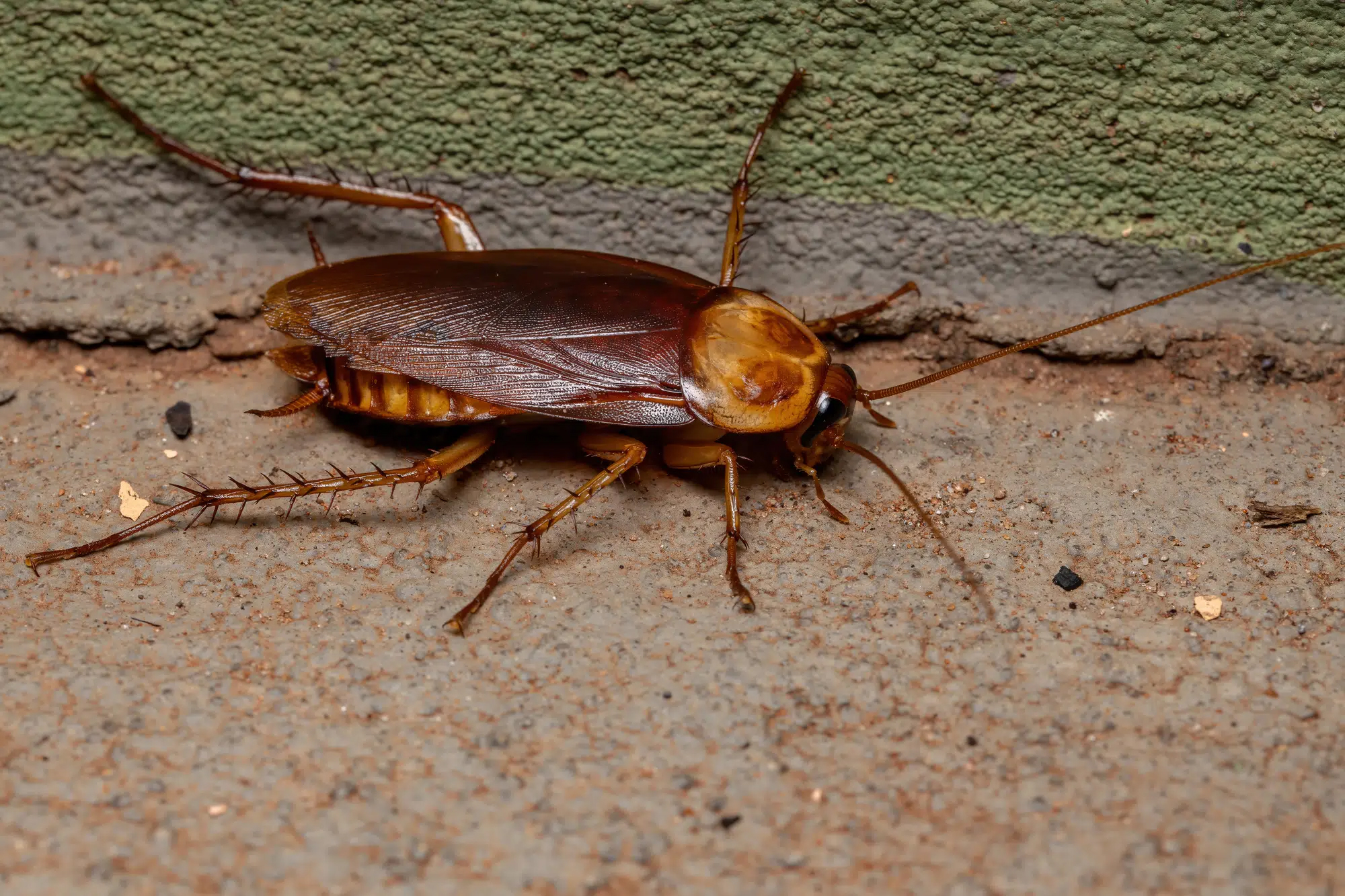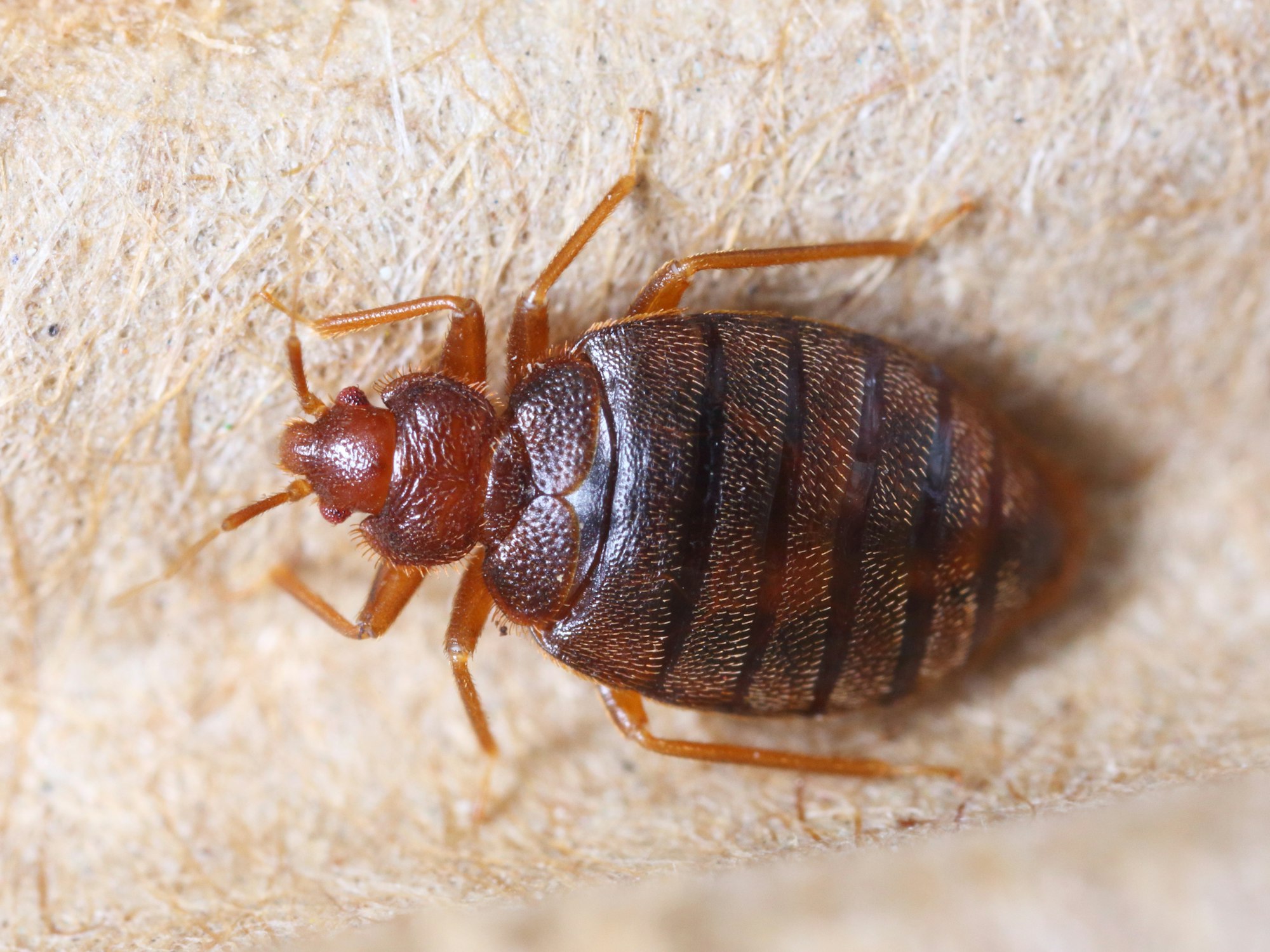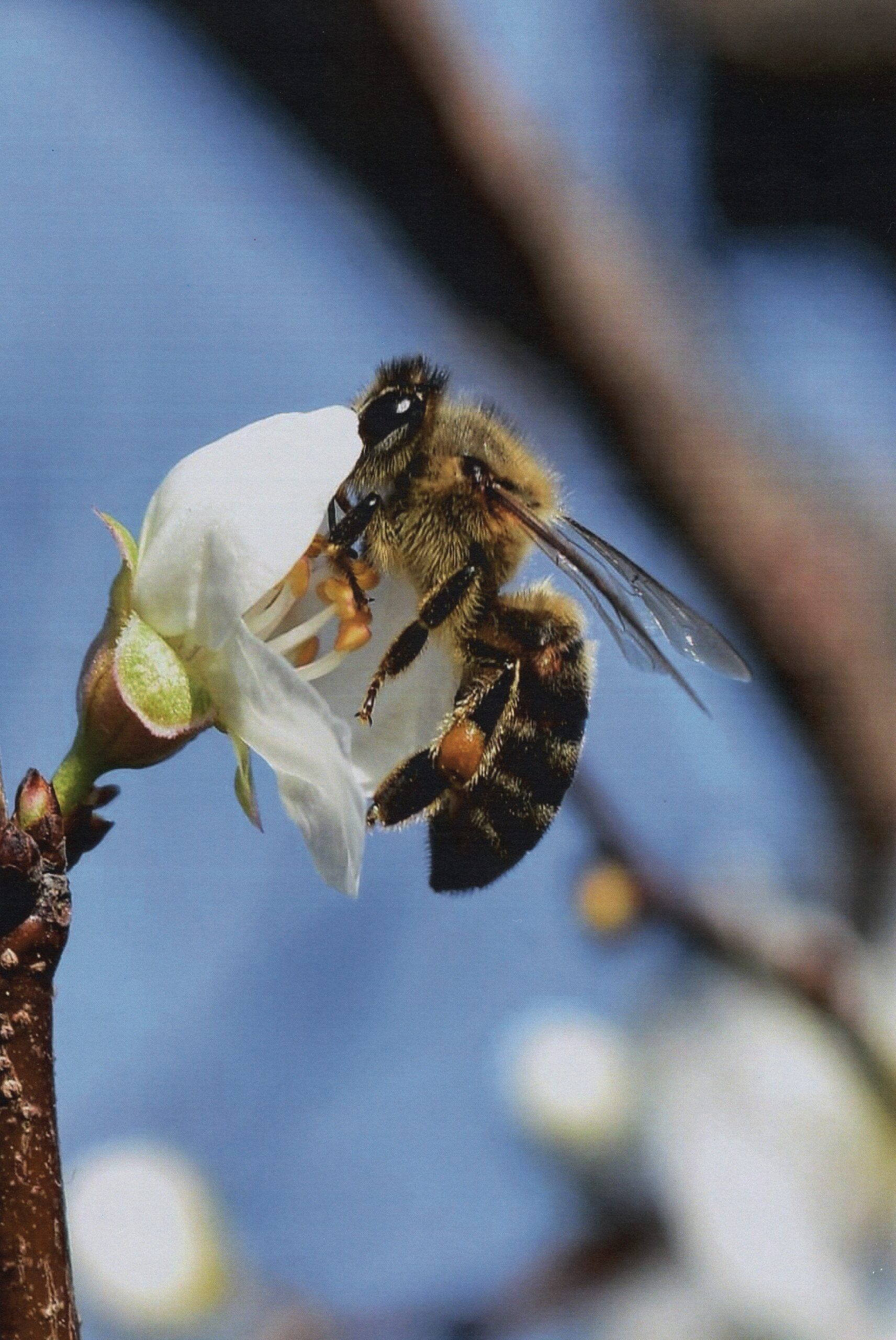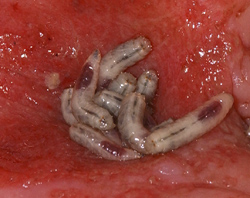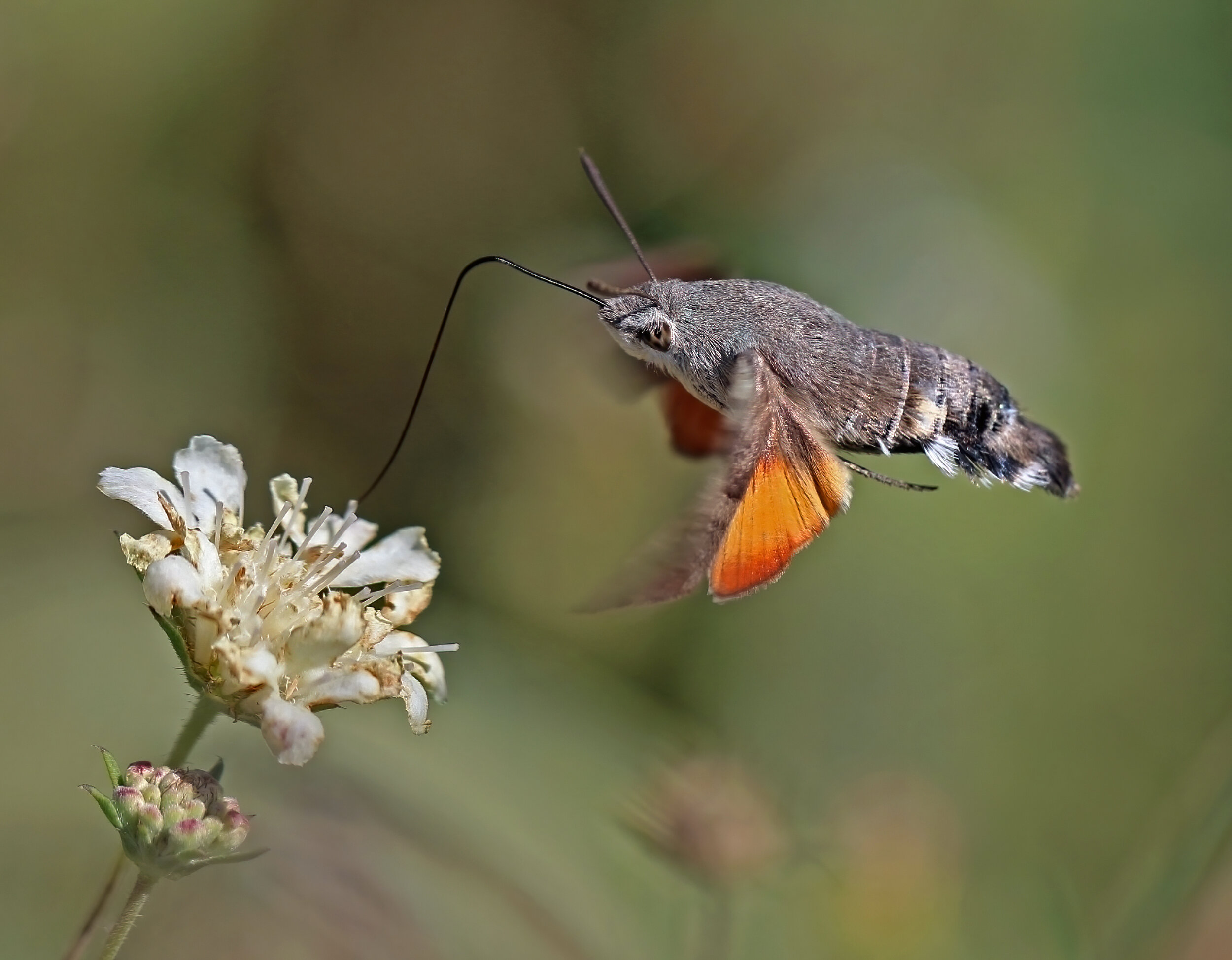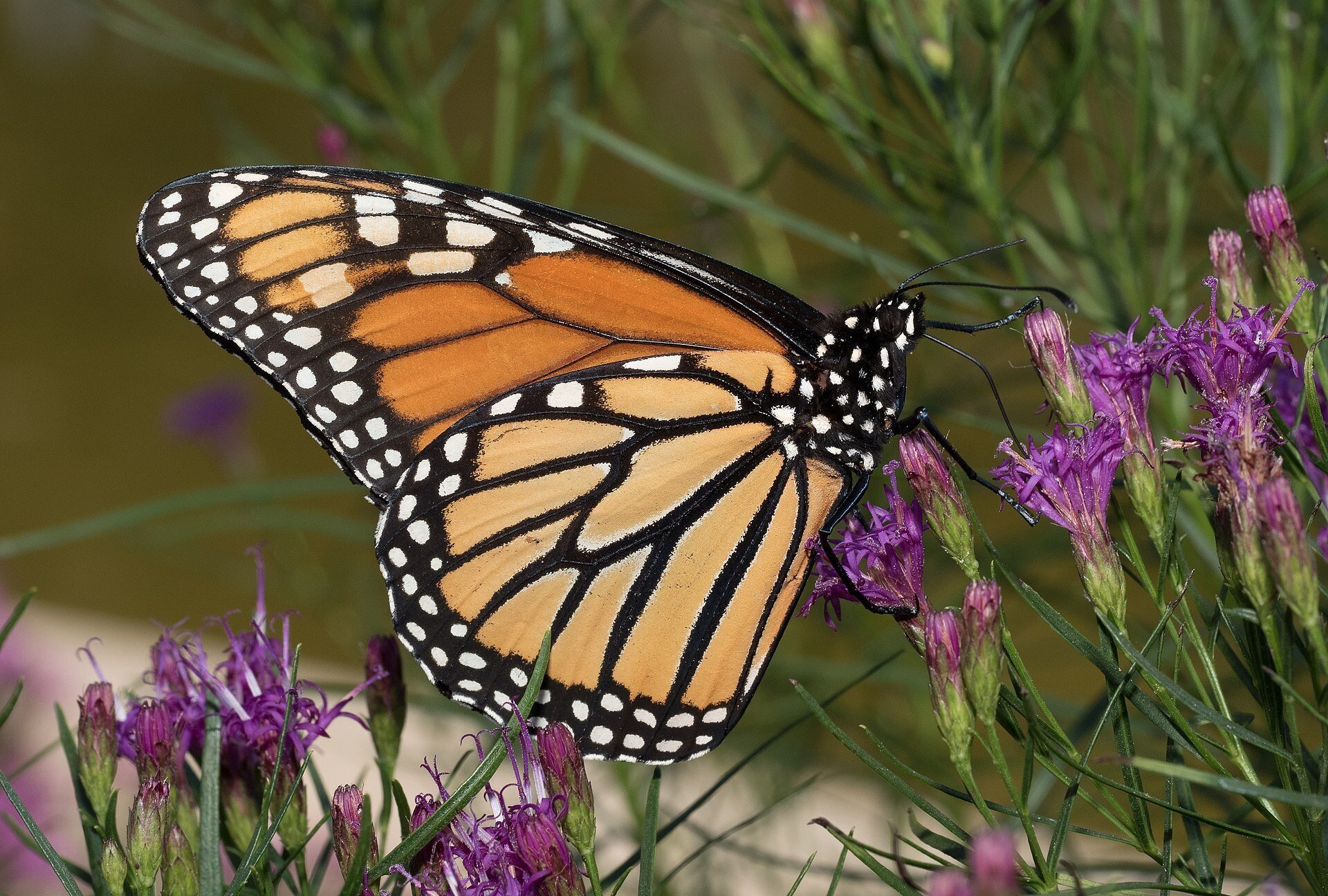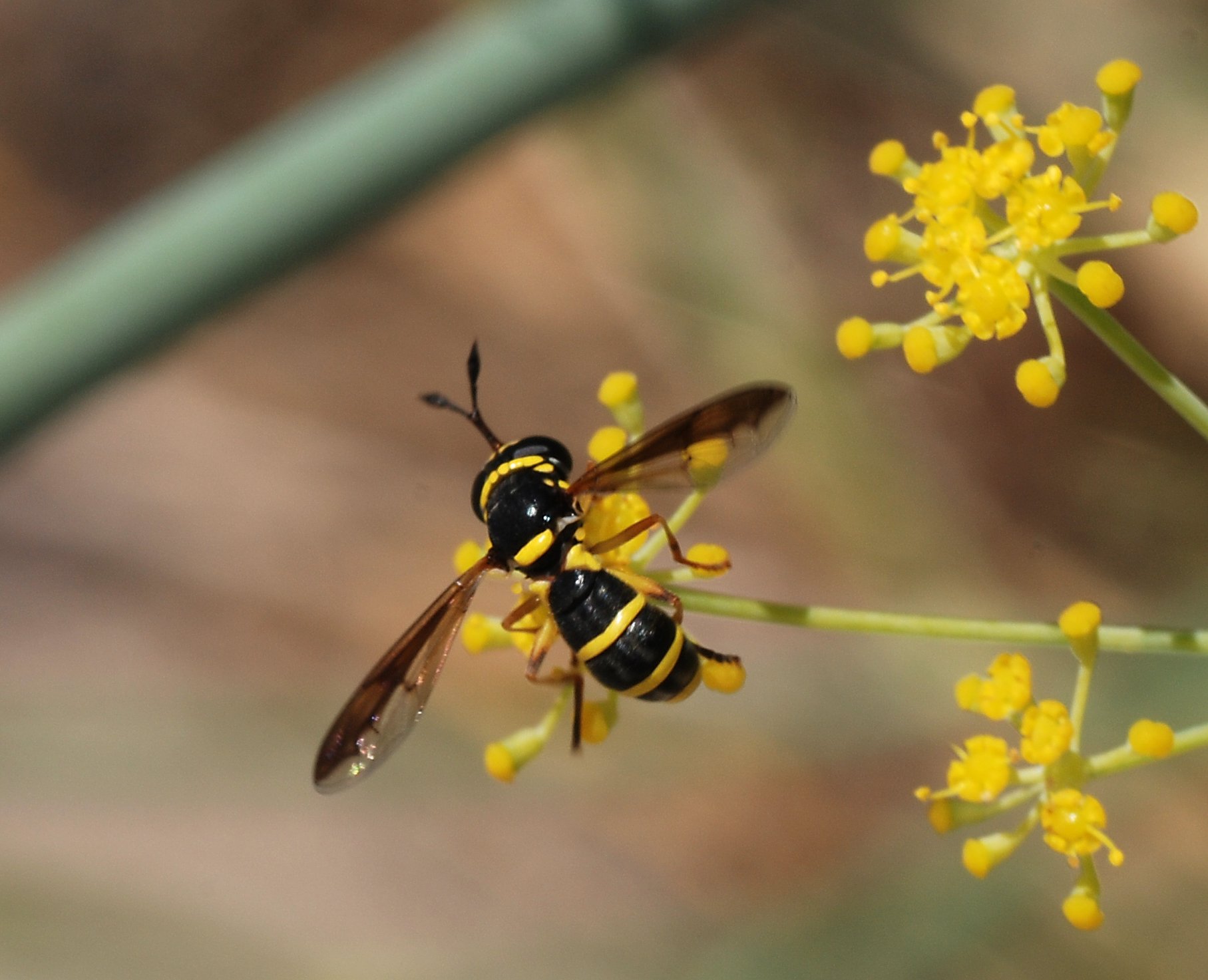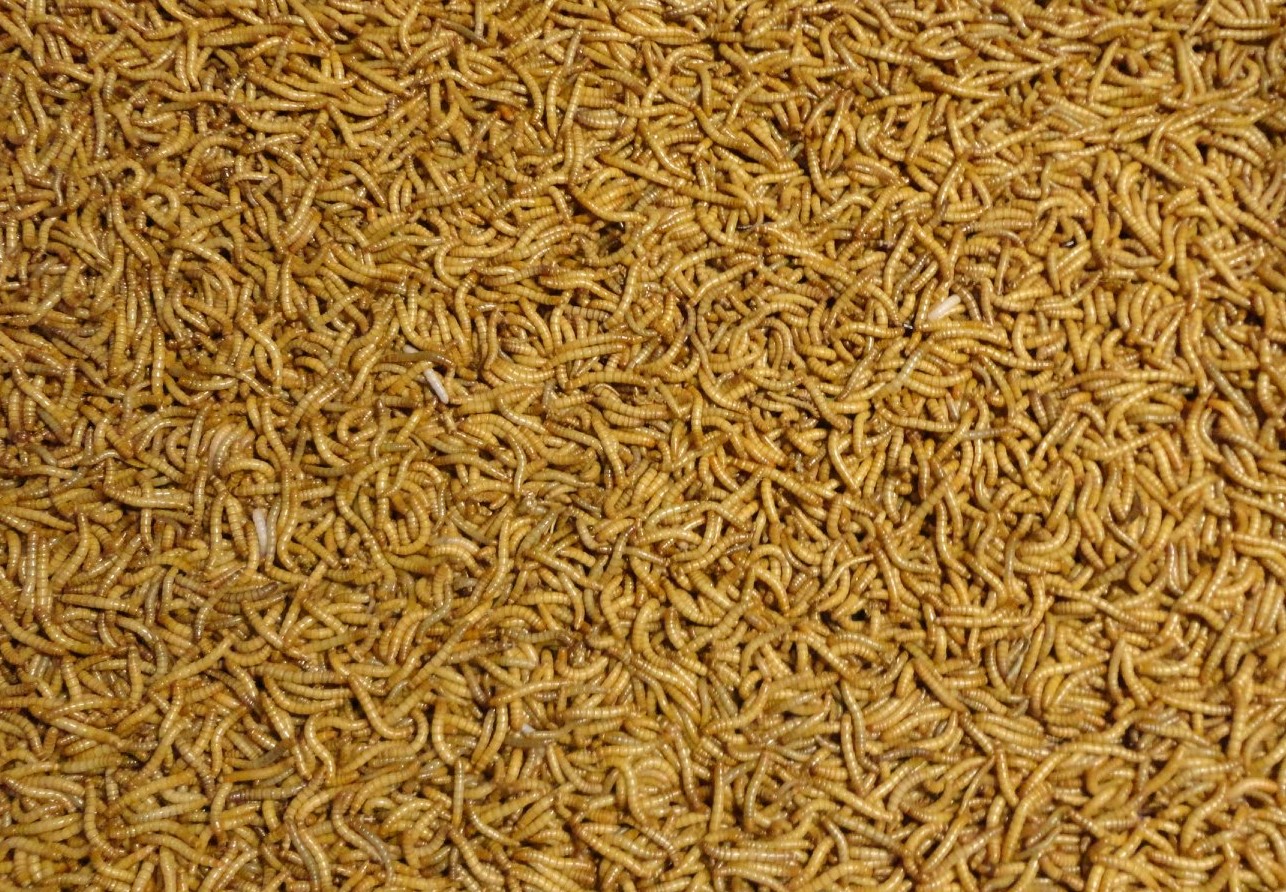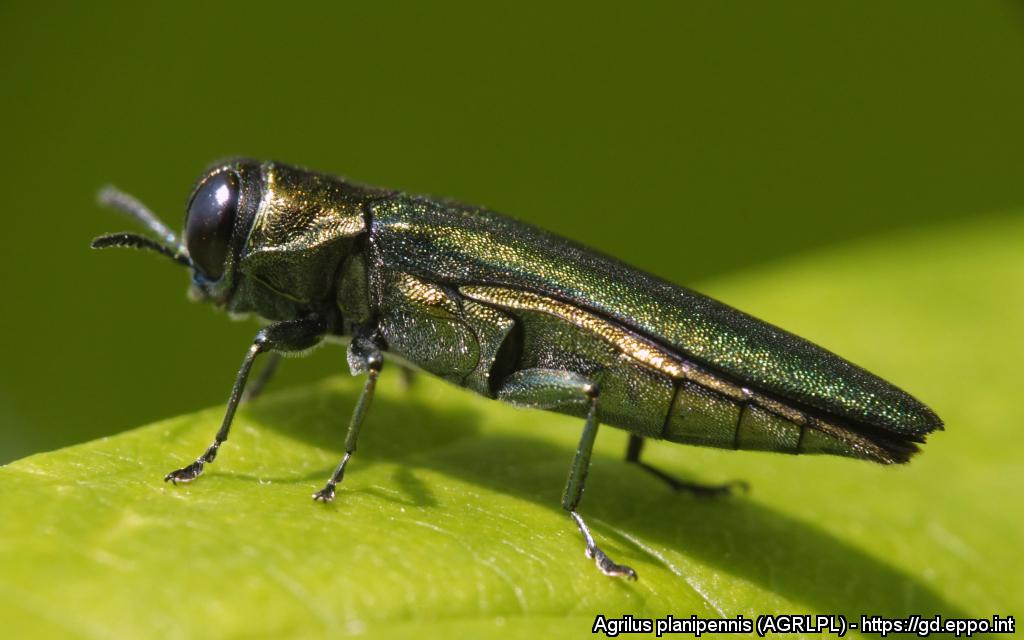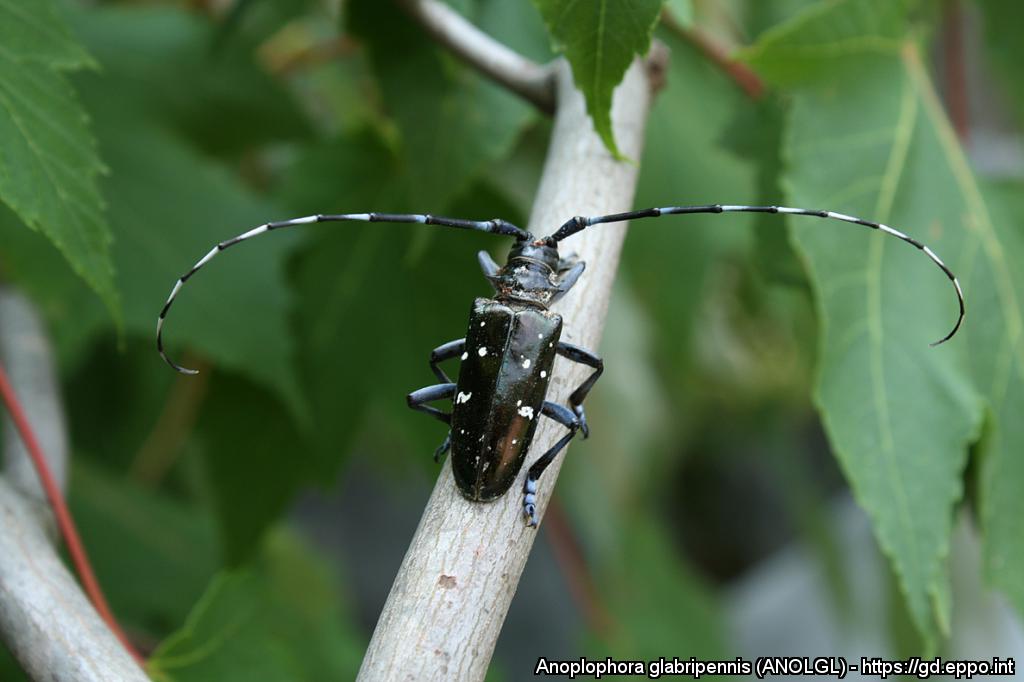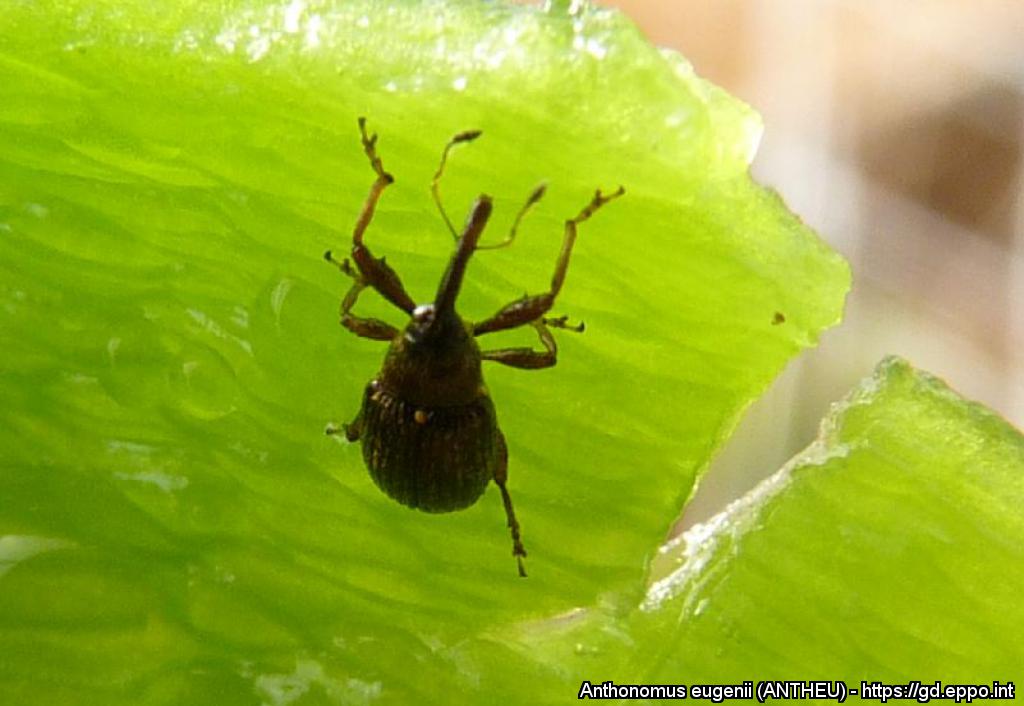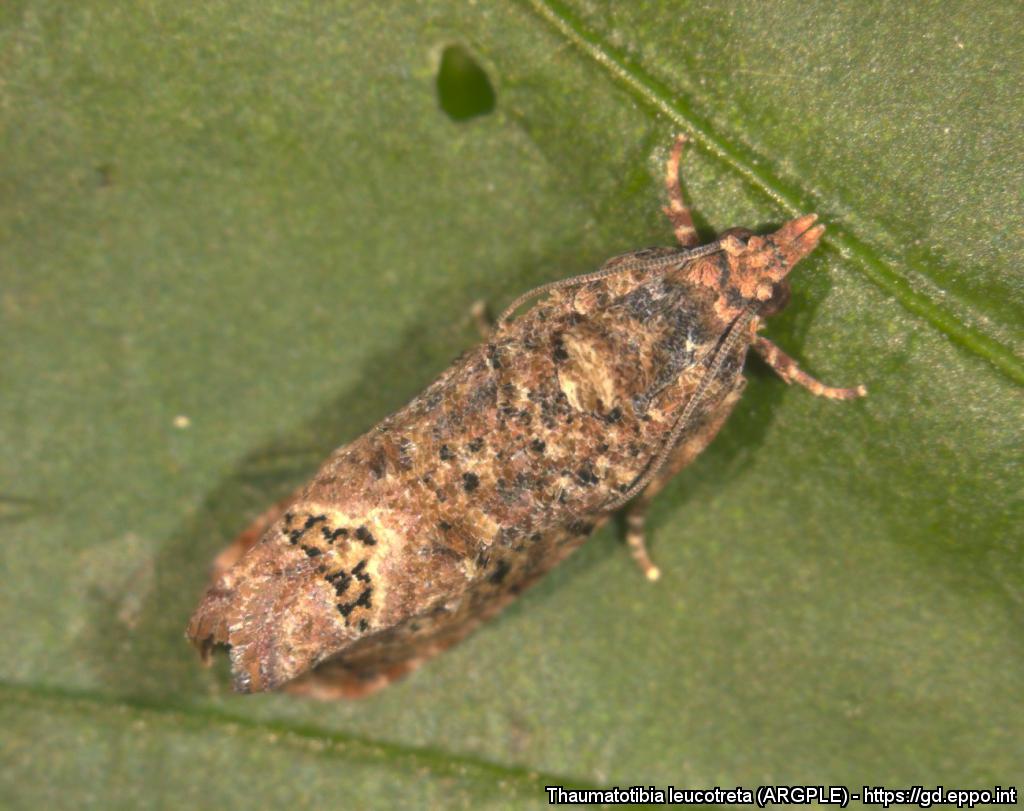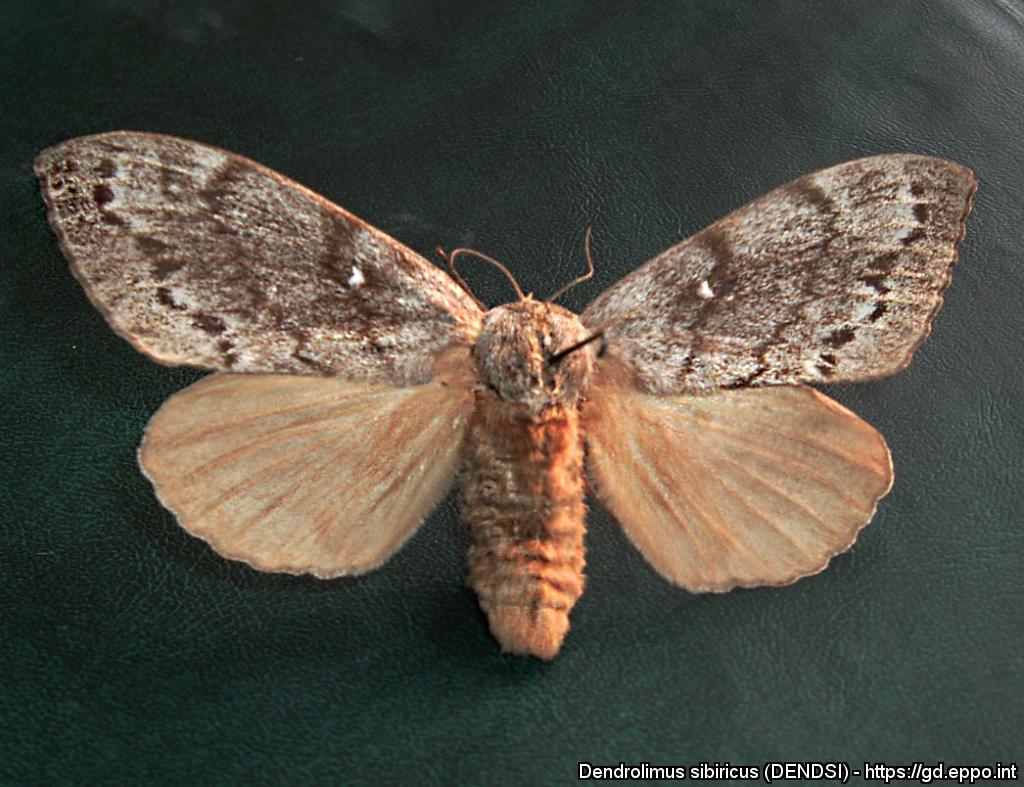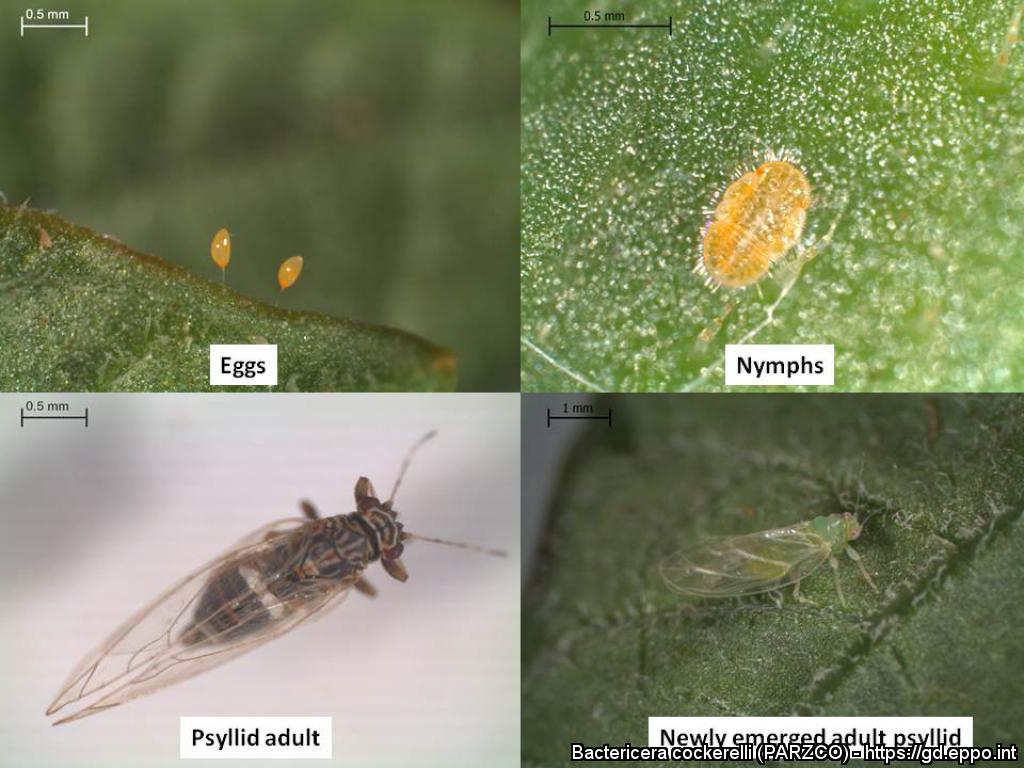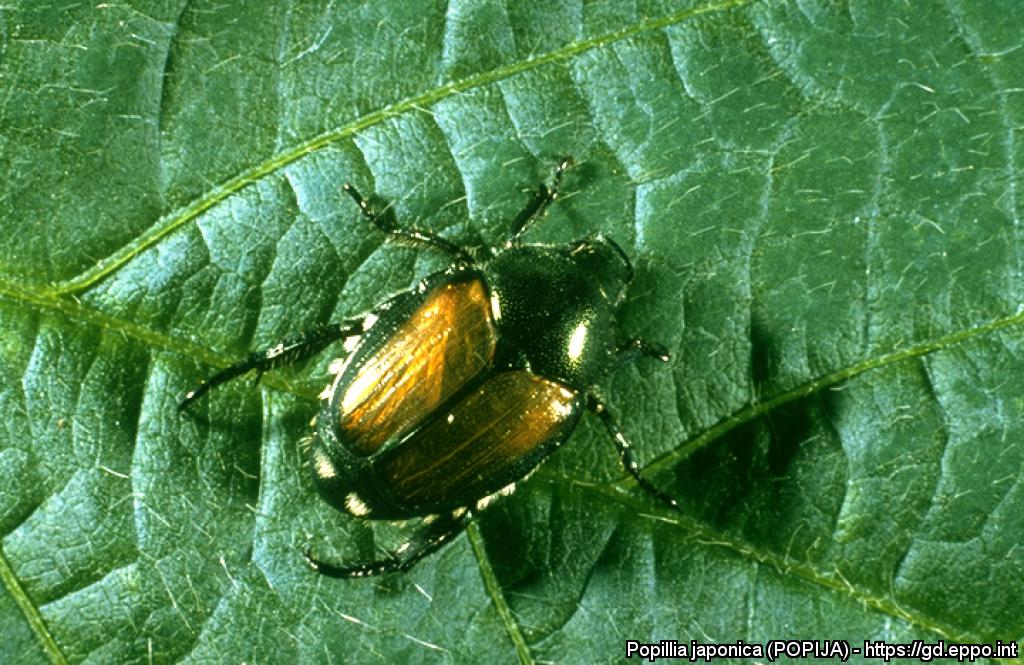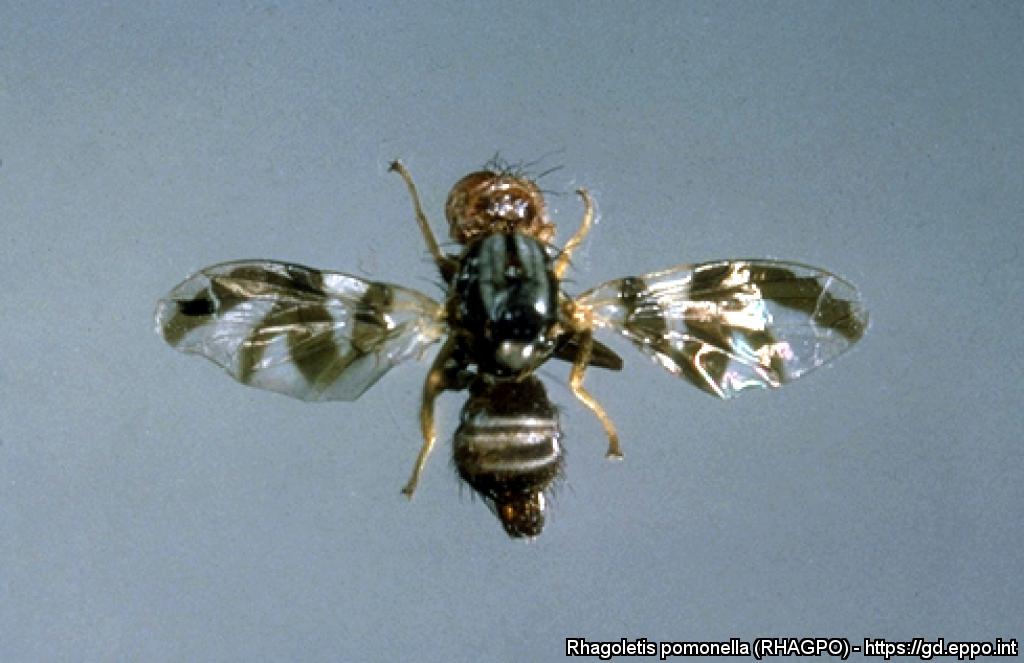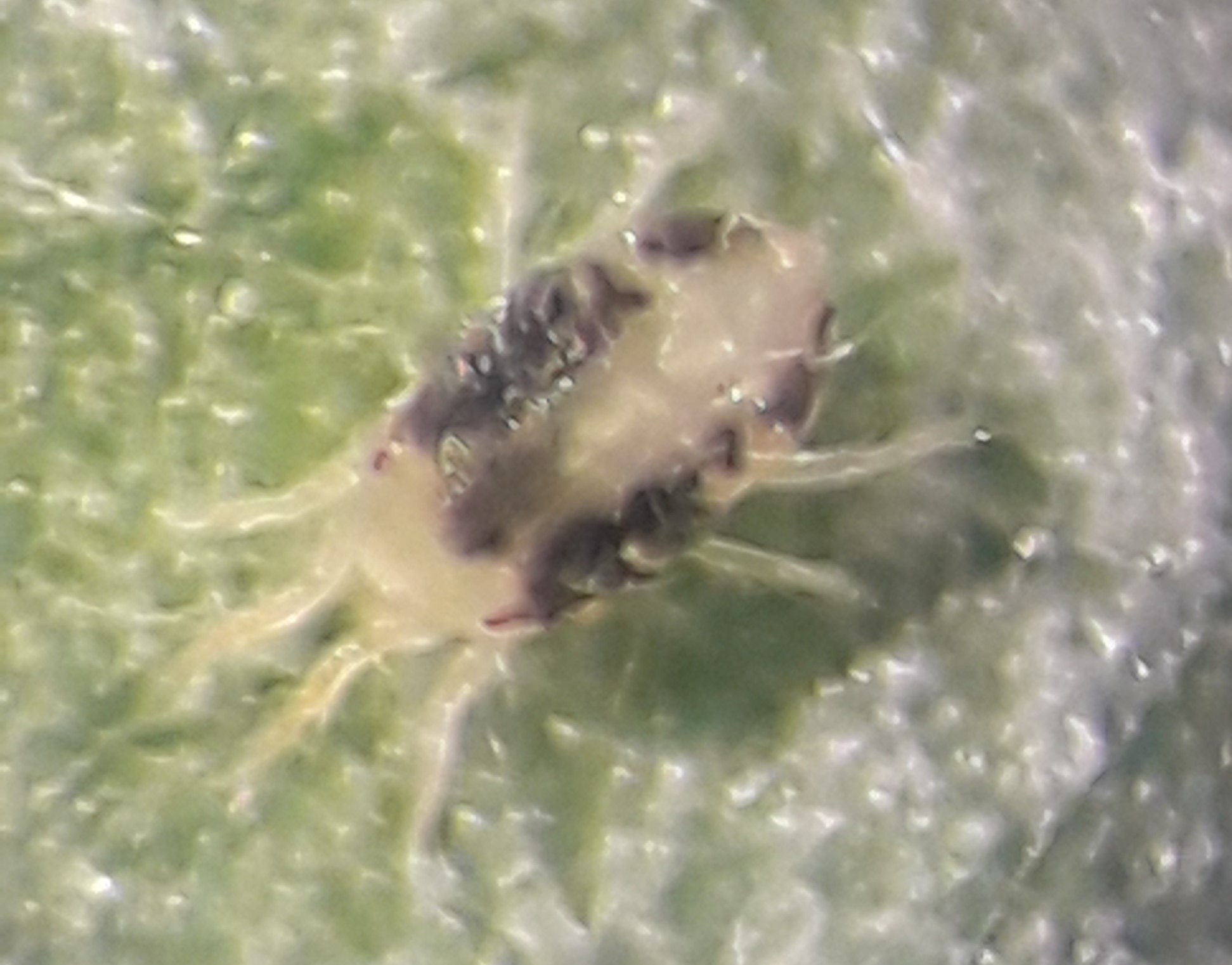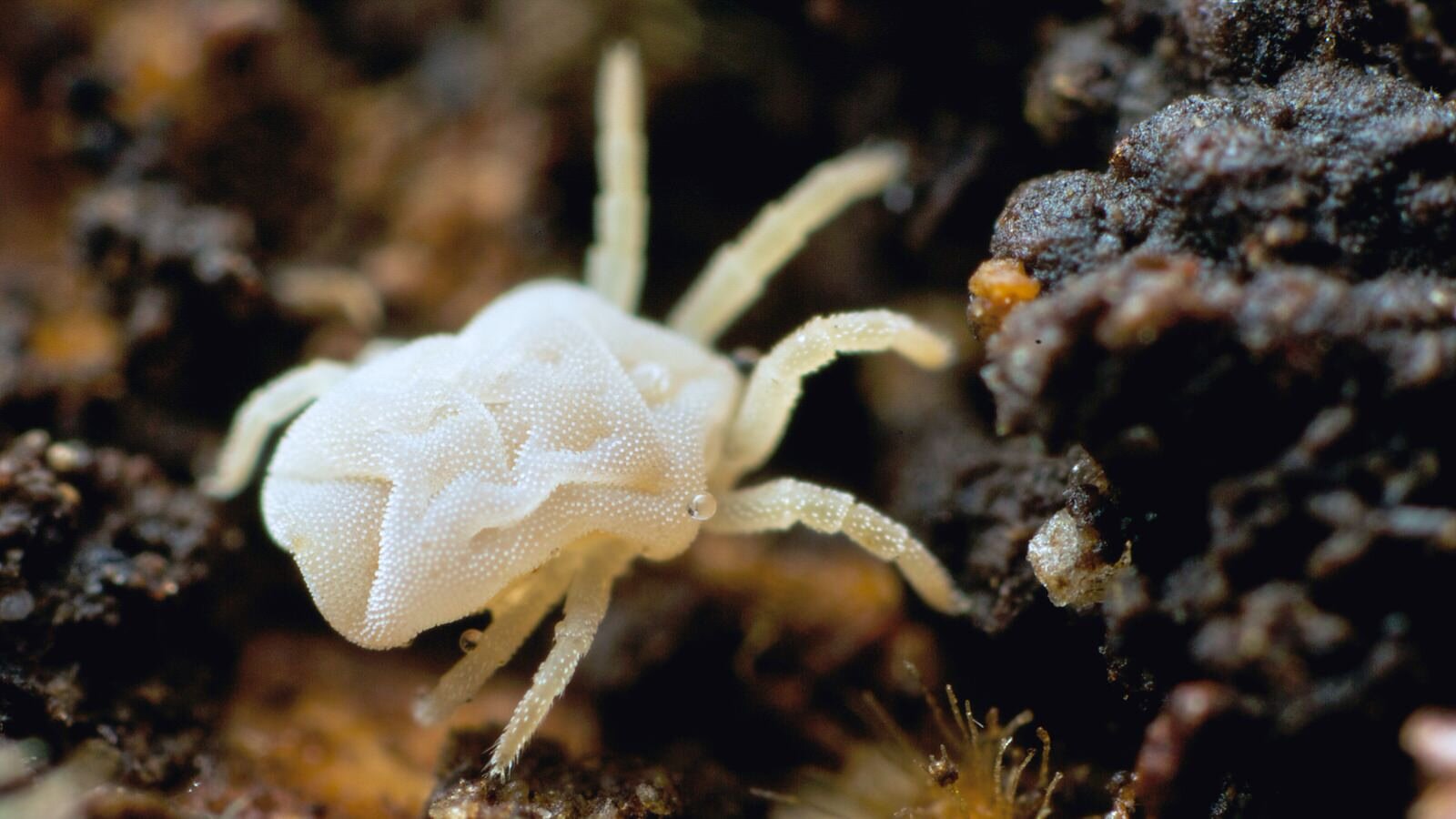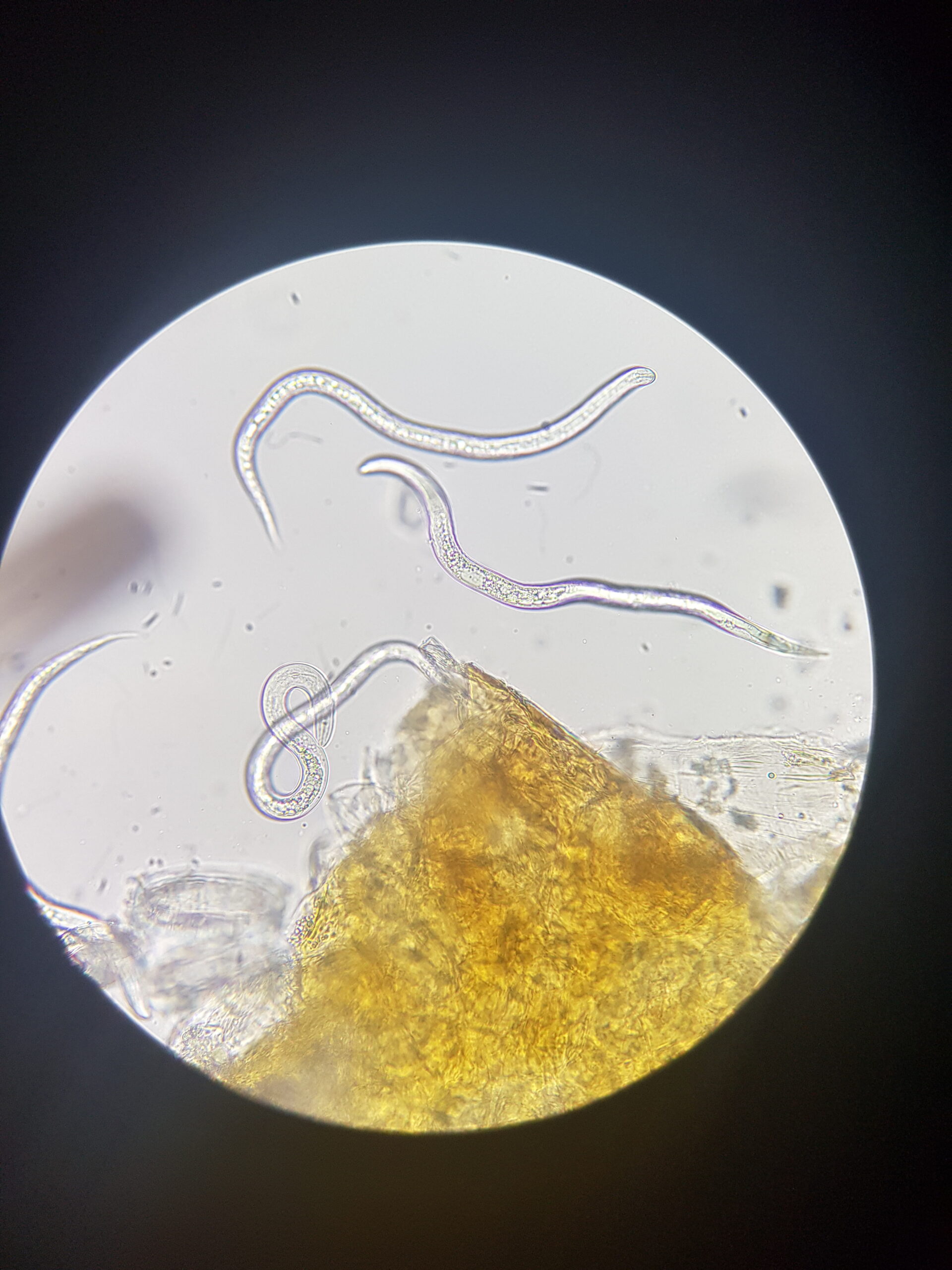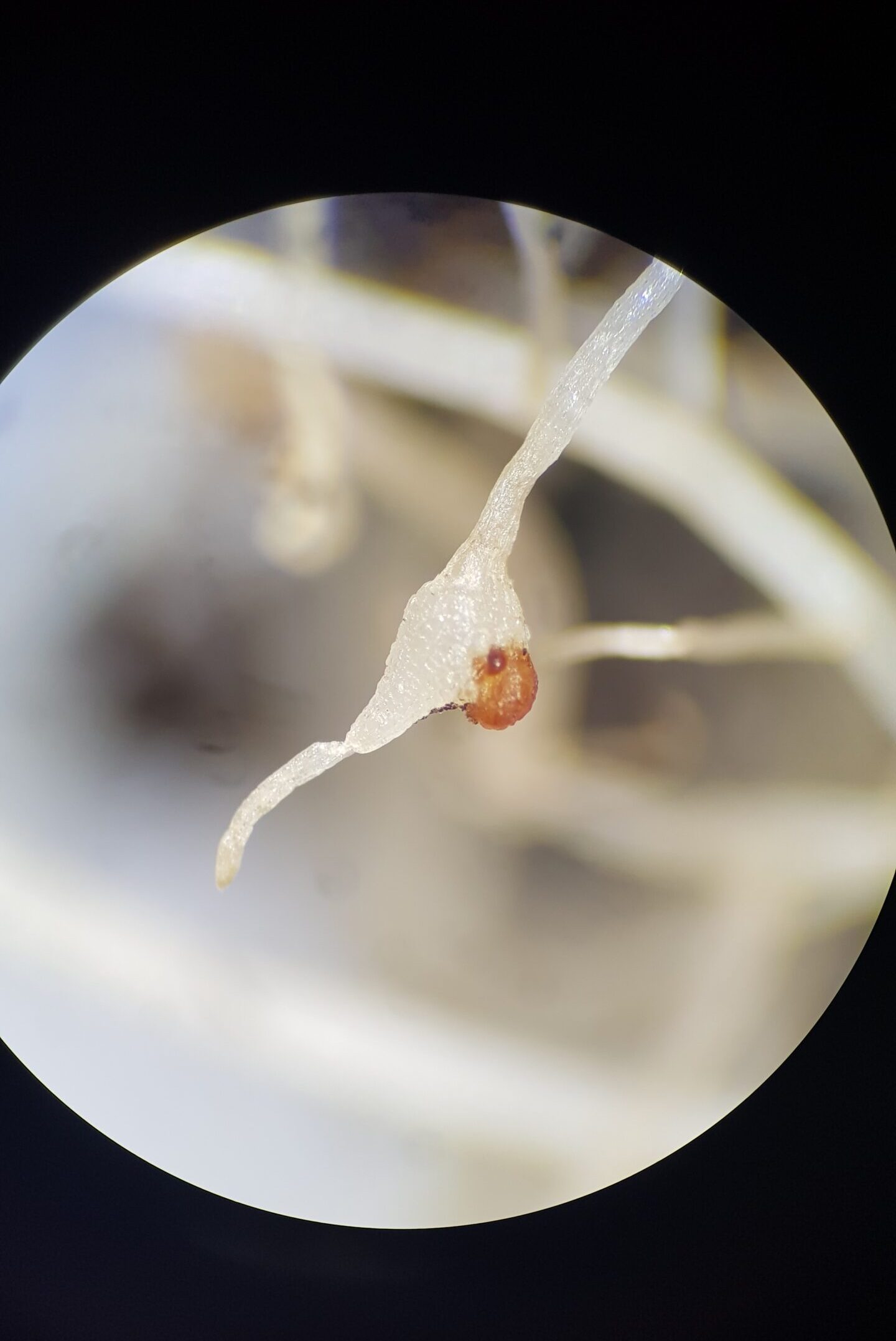- Home
- ENTOMOLOGICAL SOCIETY
- MEMBERS
- ACTIVITIES
- PUBLICATIONS
- Entomologia Hellenica
- Entomologia Hellenica
- Open access policy
- Focus and scope
- Review papers
- Journal history
- Journal Manager
- Subject Editors
- Editorial Committee
- Peer Review process
- Acceptance of the manuscript
- Publication Frequency
- Indexing
- Submission procedure
- Ethics in publishing
- Journal policies on authorship and contributorship
- Journal policies on appeals and complains
- Author guidelines
- After acceptance
- Fundamental errors
- Copyright transfer
- EKT
- NEWSLETTER
- Conference proceedings
- Other publications
- Lexicon of Coleoptera names
- Dictionary of entomological terms
- Entomologia Hellenica
- News & Announcements
- Contact
INDICATIVE GROUPS OF ANIMAL ORGANISMS

Herbivorous insects
Crop production is threatened by the damaging action of insects, mites and nematodes. It is estimated that 10-20% of global crop production is lost each year for this reason. In fact, many crops are attacked by insect species which, if not treated properly, cause major damage almost every year, such as olive blight in olive trees, fruit fly in apple trees and Tuta absoluta in tomatoes. Their populations are controlled by cultural and preventive measures, the use of traps, the release of beneficial insects and the application of insecticides. The latter should only be used when necessary as insects develop resistance to insecticides and, on the other hand, the populations of beneficial insects are reduced and there is always a risk of residues in the products. Insects on forest trees and urban greenery such as the pine caterpillar also have a detrimental effect.
Beneficial Insects - Natural Enemies
Sanitary Insects
Insects and arthropods of sanitary importance are organisms that affect human and animal health, either through the transmission of pathogens and the spread of infectious diseases, or are a nuisance or cause various pathological conditions through direct or indirect relationships with their hosts.
The study and understanding of their biology and ecology is essential for the development of effective control methods and strategies, including environmental management, the application of biological control methods and/or the use of biocides, in order to minimise the risk of disease transmission, effectively reduce nuisance and problems caused by them, thus ensuring the protection of public health.
Productive Insects
Production insects are insect species that are bred and used by humans to produce various products and services with economic and ecological value. Such typical examples are bees, silkworms, insects for protein production, insects of medical importance, etc. The best known productive insects are bees. They are known for the production of hive products, which are honey, pollen, propolis, wax, royal jelly and venom. The most important role of the bee, however, is pollination, which is vital for the reproduction of many plants, affecting agricultural production and biodiversity. Silkworms are bred for the production of silk, a natural fibre widely used in the textile industry. The process involves growing mulberry, whose leaves are the silkworm’s exclusive food, rearing the larvae, and collecting and processing the cocoons they produce, from which the silk fibres are derived. Insects for protein production such as various Orthoptera, Diptera, Coleoptera, etc. are increasingly being used as a viable source of food and feed. These insects are high in protein content and can be reared in large quantities with a low environmental footprint, making them an alternative to traditional protein sources. There are also species of insects that are bred to treat various diseases. A typical example is the use of Diptera larvae to heal diabetic and catarrhal ulcers. These larvae, after special treatment, are placed by medical personnel on the ulcers and remove the dead tissue.
Pollinators
Pollinator insects belong to many Orders, such as Hymenoptera, Lepidoptera, Diptera, etc. They are organisms vital to the reproduction of many plants, through the transfer of pollen from the anthers to the flower’s pistil. Bees are the best known and effective pollinators due to the fact that they are social insects with numerous societies, they are housed in artificial hives which can be transported over long distances, have highly developed flower-seeking behaviour, have a long range of action, etc. Pollinator insects play a key role in pollination, as they pollinate more than 75% of the world’s crops producing fruits, vegetables and nuts. The economic importance of pollinator insects is enormous, as they contribute directly to food production and the agricultural economy. The value of insect pollination is estimated to be in the billions of dollars worldwide, supporting not only agricultural production but also the biodiversity of ecosystems. In addition, pollination improves the quality and quantity of produce, increasing crop yields and the economic viability of farmers.
Insects as a source of protein
Insects are a rich and sustainable source of protein that is becoming increasingly popular in Europe and worldwide. Edible insects contain high quality proteins, vitamins and amino acids. In addition, insect farming requires fewer resources, such as water and feed, and has a smaller ecological footprint than livestock farming. This approach is proposed by the international scientific community as a sustainable and safe solution that could contribute to the global food crisis, as the world population is expected to approach 10 billion by 2050 and the need for food and protein sources will be much higher. In this context, insect farming is emerging as a promising strategy to recycle agri-food waste into nutritious protein and fat, while meeting various nutritional needs in a sustainable manner.
Quarantine pests
Under the new plant health framework – Reg. (EU) 2016/2031 – the classification of pests is based on criteria as follows:
- Union quarantine pests (Article 4),
- Quarantine pests for LZs (Article 32)
- Priority harmful organisms (Article 6),
- Non-quarantine regulated pests – RNQPs (Article 36)
A limited list of “priority harmful organisms” has been established for those organisms whose potential economic, environmental or social impact is the most serious for the territory of the European Union. This list includes wood- and leaf-eating insects and nematodes with a wide range of hosts:
Agrilus anxius Gory https://gd.eppo.int/taxon/AGRLAX
Agrilus planipenis Fairmaire https://gd.eppo.int/taxon/AGRLPL
Anoplophora chinensis (Thomson) https://gd.eppo.int/taxon/ANOLCN
Anoplophora glabripennis (Motschulsky) https://gd.eppo.int/taxon/ANOLGL
Aromia bungii (Faldermann) https://www.gbif.org/species/5001658
Bursaphelenchus xylophilus https://gd.eppo.int/taxon/BURSXY
Dendrolimus sibiricus (Chetverikov) (Russia, Northern Kazakhstan, Mongolia and China). https://gd.eppo.int/taxon/DENDSI
Popillia japonica Newman https://gd.eppo.int/taxon/POPIJA
Spodoptera frugiperda (LAPHFR) A highly polyphagous species with a preference for species of the family Poaceae, has been identified in Greece as well https://gd.eppo.int/taxon/LAPHFR
Insects infesting citrus crops:
Anastrepha ludens (Loew) https://gd.eppo.int/taxon/ANSTLU
Bactrocera dorsalis (Hendel) https://pra.eppo.int/pra/f91a8915-3464-42d5-ab36-c172ade88c96 & Bactrocera zonata (Saunders) https://gd.eppo.int/taxon/DACUZO https://gd.eppo.int/taxon/DACUZO
Thaumatotibia leucotreta (Meyrick) https://gd.eppo.int/taxon/ARGPLE
Insects infesting wild and cultivated plant species of the Rosaceae family (apple, pear, cherry, etc.)
Conotrachelus nenuphar Herbst https://gd.eppo.int/taxon/CONHNE
Rhagoletis pomonella (RHAGPO) https://gd.eppo.int/taxon/RHAGPO
Insects infesting crops of Potato, Tomato and other Solanaceae:
Anthonomus eugenii Cano https://gd.eppo.int/taxon/ANTHEU
Bactericera cockerelli (Sulc.) https://gd.eppo.int/taxon/PARZCO
Mite
Mites are tiny arthropods of the suborder Acarina. They are found in a variety of environments, including soils, plants and animals. Mites are small in size, usually a few millimeters or less, and vary in shape and color depending on the species. The body of mites consists of the gnathosoma and idiosoma, and they generally have four pairs of legs. There are thousands of species of mites and they play an important role in ecosystems. Many species cause significant problems to agricultural crops and stored agricultural products, others are saprophagous and contribute to the decomposition of organic materials and the recycling of nutrients in the soil. Other species are animal feeders, most notably ticks. There are other species, such as dust mites, which can cause allergies and asthma.
Nematode
They are worm-like organisms that make up the Nematoda genus. They are among the most abundant organisms on earth and are found in all environments (soil, fresh and salt water), either as free-living (predators, saprophytes, fungus-eaters, bacteriophages, etc.) or as parasites of plants, animals, humans and other organisms. A prerequisite for their survival is the presence of a minimum amount of water. Insect and plant parasitic nematodes are of paramount importance for primary production. Insect-pathogenic nematodes (species belonging to the families Heterorhabditidae and Steinernematidae) live in the soil and, by responding to carbon dioxide, vibrations and other chemical cues, locate their host insects, into whose bodies they enter through natural openings. Upon arrival inside the insect, they release symbiotic bacteria, which kill the insect. These nematodes are used very effectively as biological control agents for various harmful insects and are completely safe for humans. In Greece, available in the form of preparations are the species Heterorhabditis bacteriophora, Steinernema carpocapsae and Steinernema feltiae. Plant parasitic nematodes are important obligate plant pests that cause serious effects on plant growth resulting in qualitative and quantitative losses in production.
Copyright © 2025 Εντομολογική Εταιρεία Ελλάδος Πολιτική cookies
![IMG_0280[1] ΚΗΡΟΠΛΑΣΤΗΣ](https://entsoc.gr/wp-content/uploads/2024/11/IMG_02801-ΚΗΡΟΠΛΑΣΤΗΣ-1.jpg)
![IMG_0418[1] ΚΙΤΡΙΝΕΣ ΠΑΓΙΔΕΣ](https://entsoc.gr/wp-content/uploads/2024/11/IMG_04181-ΚΙΤΡΙΝΕΣ-ΠΑΓΙΔΕΣ-1-scaled.jpg)
![IMG_0880[1] ΛΕΚΑΝΙΟ](https://entsoc.gr/wp-content/uploads/2024/11/IMG_08801-ΛΕΚΑΝΙΟ-1.jpg)
![IMG_0893[1] ΨΥΛΛΑ](https://entsoc.gr/wp-content/uploads/2024/11/IMG_08931-ΨΥΛΛΑ-1.jpg)
![IMG_1798[1] ΕΡΙΩΔΗΣ](https://entsoc.gr/wp-content/uploads/2024/11/IMG_17981-ΕΡΙΩΔΗΣ-1.jpg)
![IMG_1853[1] NEST WHITEFLY](https://entsoc.gr/wp-content/uploads/2024/11/IMG_18531-NEST-WHITEFLY-1.jpg)
